This post is about the process of developing a story, in detail.
For this post, Karen will be your host.
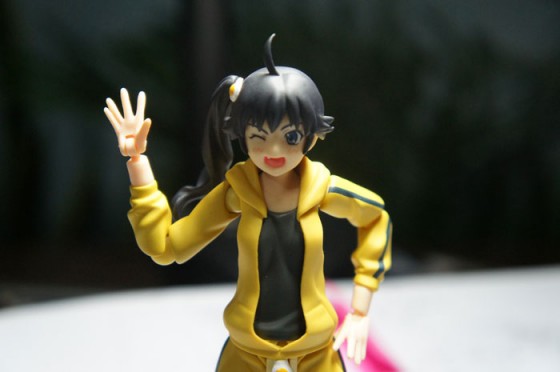
For us, the process of writing the started with the theme: do no harm. As we accepted the challenge, we must think within those pre-established boundaries.
We thought of the game genre (point-and-click adventure), of the main character, and of the main conflict inside the story: in a normal day, the main character starts witnessing strange things happening inside her house.
The thing of a point-and-click is that we had to connect the narrative events to the space in which they are happening. We wanted some struggle in certain part of the game, but besides establishing when we want this struggle to happen, we must set where we want this to happen. And actually, I think this is how it works for all narratives; I already knew this from all the time I’d spent studying narratives in college, I just didn’t realize it in practice until I had to plan a narrative for a game.
Whenever there is action in a narrative, this action is done in a place and in a time – time and place in narrative are obviously connected, and you can’t run from any of them. In our game, time progress will depend on the player’s progress through the story, so we decided to bound the narrative events to the main character’s points of view and the sequence from one event to another, in a simple if-then fashion.
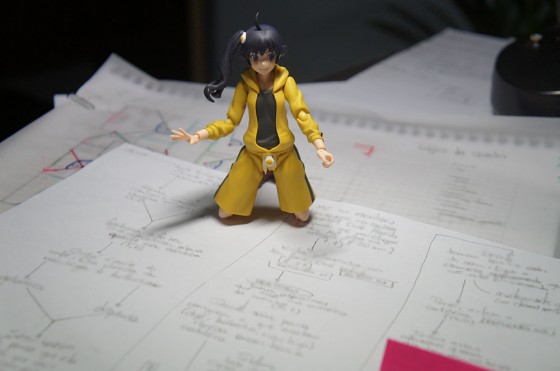
I must say that deciding the middle events was not an easy task. Having in mind the beginning and the end(s), the mission of establishing a reasonable and logical connection between these both taking into consideration the main character’s patterns was long. Maybe we took the opposite direction of story composition.
We could come up with the draft Karen is showing. Lots of short events connected by arrows, being divided into options because, you know, the player will not exactly follow the path you established. There are other options, and we must consider even the explorer type.
And taking the players into consideration and putting ourselves in their shoes was the most difficult part. I can’t even guarantee that this was done in the right way, because my idea of player is kinda idealistic.
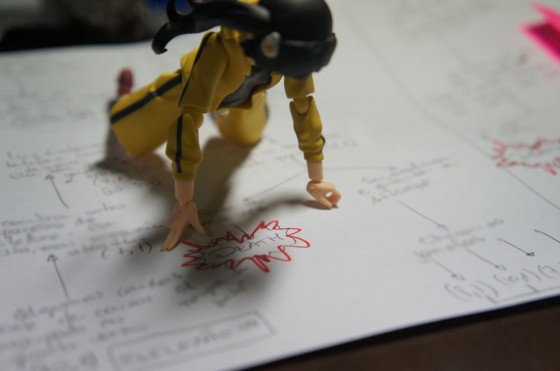
Our story features some bad endings which result in death, more precisely. They are based on player’s choices, and they are justified by the main character’s behavior throughout the story.
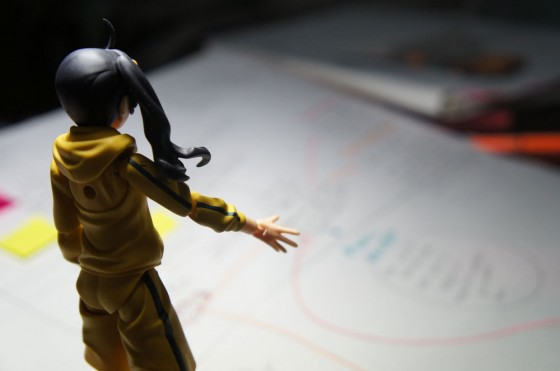
Besides the bad endings, we also feature good endings. We thought of three logical paths the players can take in the game, and each of them will lead to a different ending that could be meh, okay or good.
Once the outline for the story and the main events was complete, we moved on to the script proper. And this was my task, mainly. Besides the art, I am also in charge of the script. I made a list of every single object possible of interaction in the game, separated them into categories (interactable, usable, etc) and started writing the proper descriptions for them from the main character’s point of view.
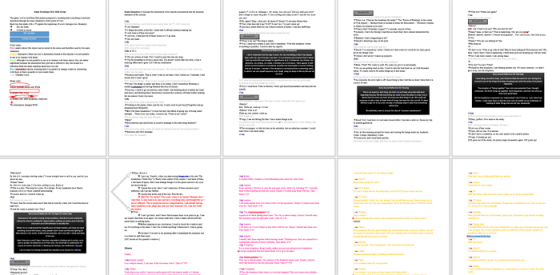
I didn’t count, but there are many objects in this game. I was very careful in avoid repetition of descriptions, as this may make give an impression of laid-back design.
One thing I had in mind while writing the script is that, by describing the objects through the main character’s view, I am describing her at the same time and giving hints about her background and personal history. This technique is something I always appreciated in storytelling in general: how it is possible to define a character without giving direct clues.
We are now in the stage of developing two things at once: finishing the script and programming the relationship between the rooms, which is going to be the subject of my next dev diary.
Until the next DevDiary!
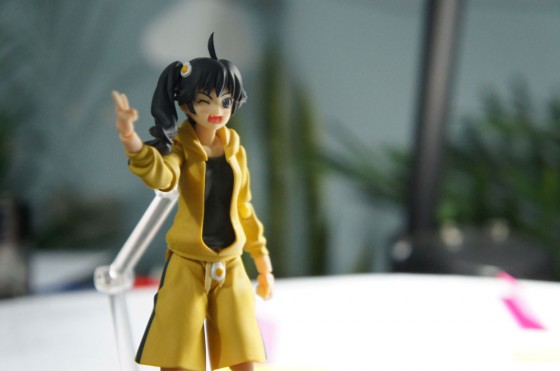

 SuperSugoiSoftStudios DevDiary #01: First Steps
SuperSugoiSoftStudios DevDiary #01: First Steps DevDiary #6: Towards post-production
DevDiary #6: Towards post-production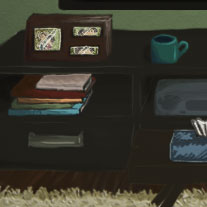 SuperSugoiSoftStudios DevDiary #3: Taking shape
SuperSugoiSoftStudios DevDiary #3: Taking shape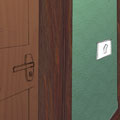 SuperSugoiSoftStudios DevDiary #4: More steps in the development
SuperSugoiSoftStudios DevDiary #4: More steps in the development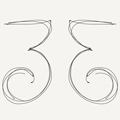 33 Left Hand Stories in 33 Days Postmortem
33 Left Hand Stories in 33 Days Postmortem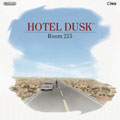 I Finished “Hotel Dusk”
I Finished “Hotel Dusk” DevDiary #5: Putting ideas into practice
DevDiary #5: Putting ideas into practice Tales of Deception
Tales of Deception